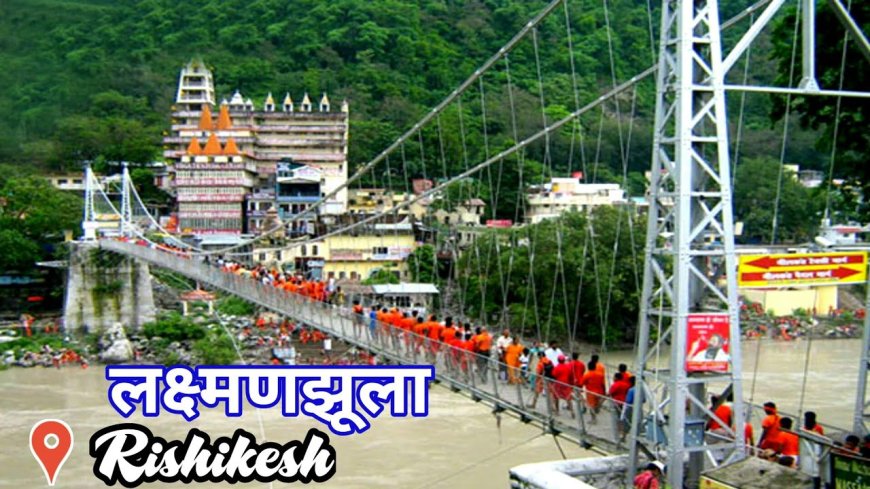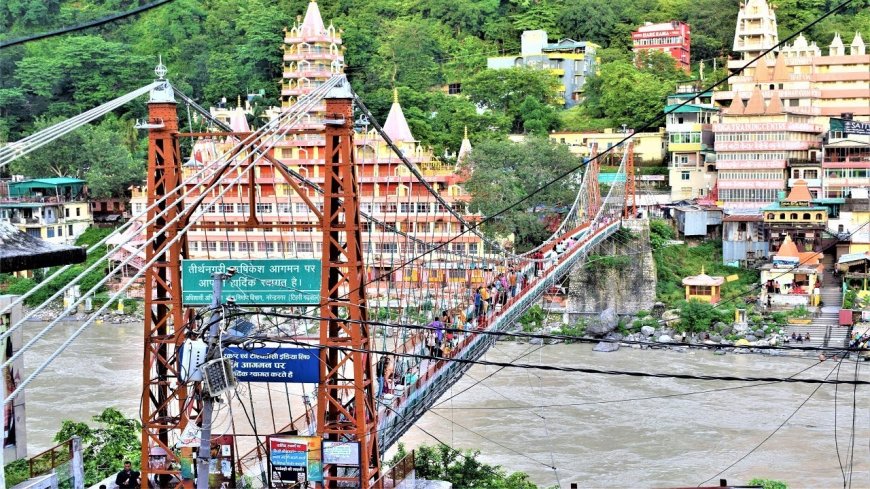Laxman Jhula Rishikesh
Laxman Jhula is another famous suspension bridge in Rishikesh, Uttarakhand, India. Here are some key facts about it:
-
Historical Significance: Laxman Jhula is named after Laxman (also spelled Lakshman), the younger brother of Lord Rama from the Indian epic Ramayana. According to legend, Laxman crossed the Ganges River at this spot using a jute rope bridge.
-
Construction: The current iron suspension bridge was built in 1929 to replace the older jute rope bridge. It spans approximately 137 meters (450 feet) across the Ganges River.
-
Location and Access: The bridge connects the villages of Tapovan in Tehri Garhwal district on the west bank with Jonk in Pauri Garhwal district on the east bank. It is situated about 5 kilometers upstream from the town of Rishikesh.
-
Pilgrimage and Tourism: Laxman Jhula is a major pilgrimage site, attracting devotees who visit the nearby temples, ashrams, and spiritual centers. It is also a popular tourist destination, offering stunning views of the Ganges and the surrounding hills.
-
Architectural and Cultural Landmark: The bridge is a pedestrian-only bridge, though motorcycles and scooters are also allowed. It has become an iconic symbol of Rishikesh, often featured in photographs and travel guides.
-
Nearby Attractions: Close to Laxman Jhula, there are several significant attractions, including the Tera Manzil Temple (Trimbakeshwar Temple), Laxman Temple, and numerous ashrams such as the Parmarth Niketan Ashram and the Swargashram area.
-
Maintenance and Safety: Over the years, the bridge has undergone several maintenance works to ensure its safety and usability, reflecting its importance to the local community and visitors.
Overall, Laxman Jhula is not just a crucial piece of infrastructure but also a cultural and spiritual icon that embodies the essence of Rishikesh.
What's Your Reaction?
























































